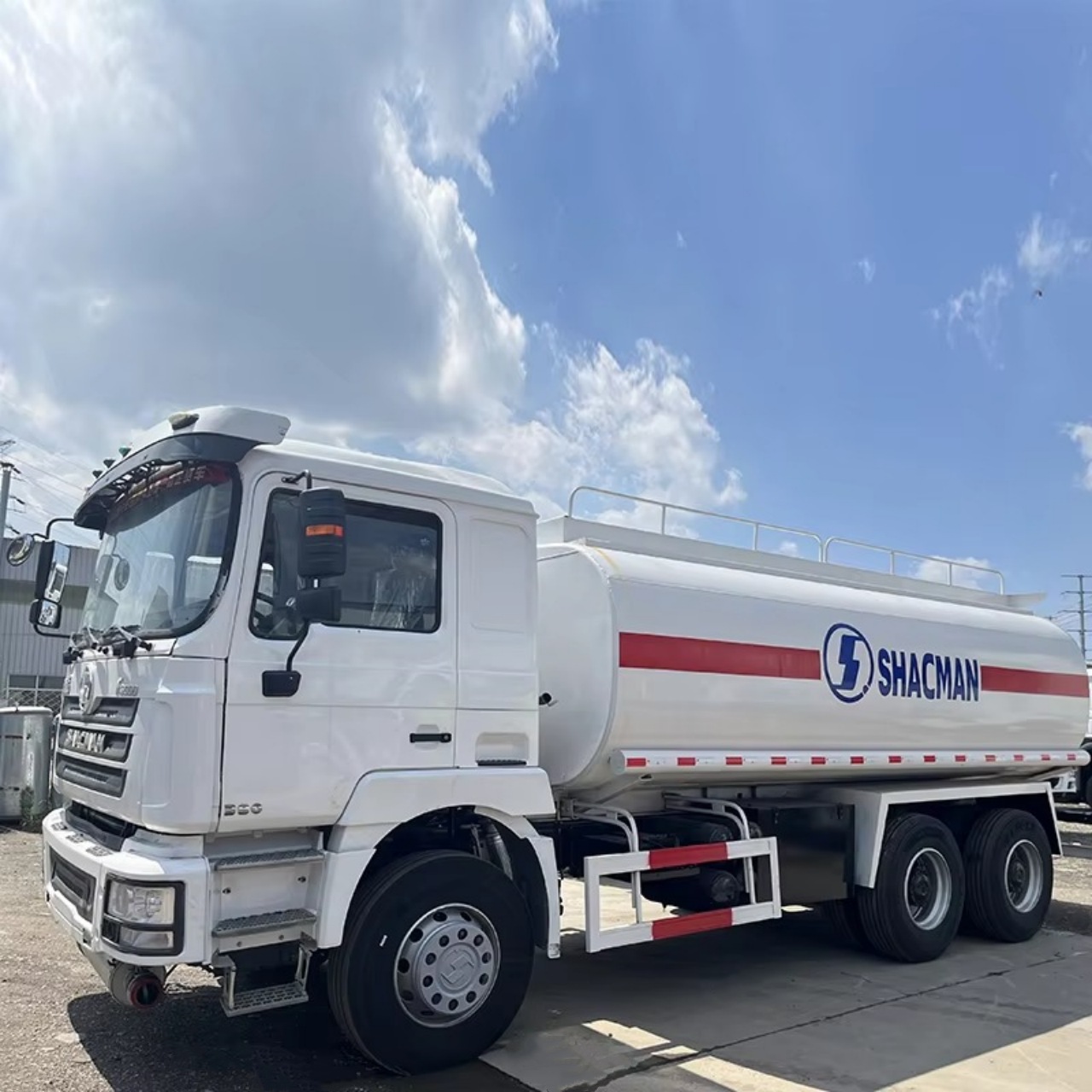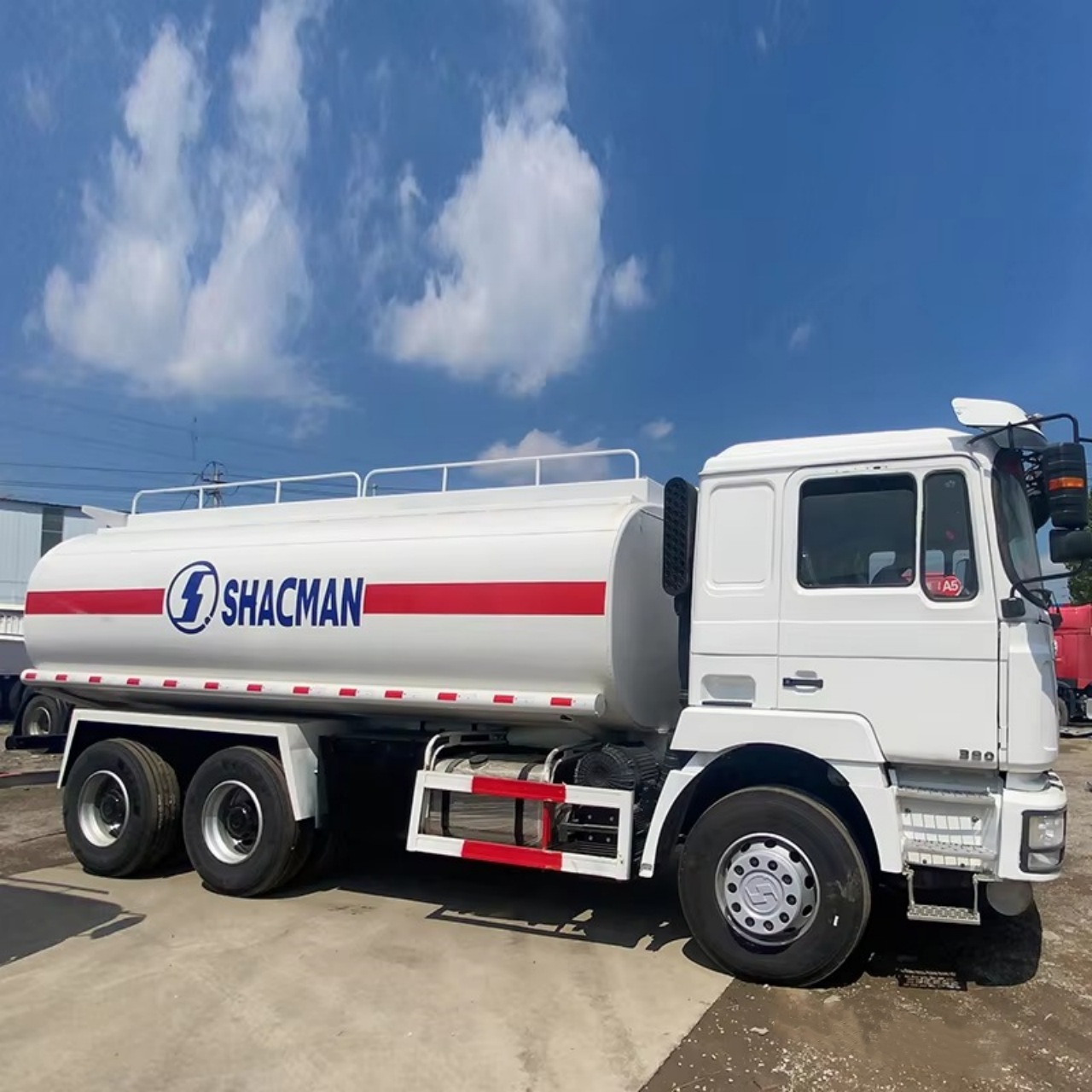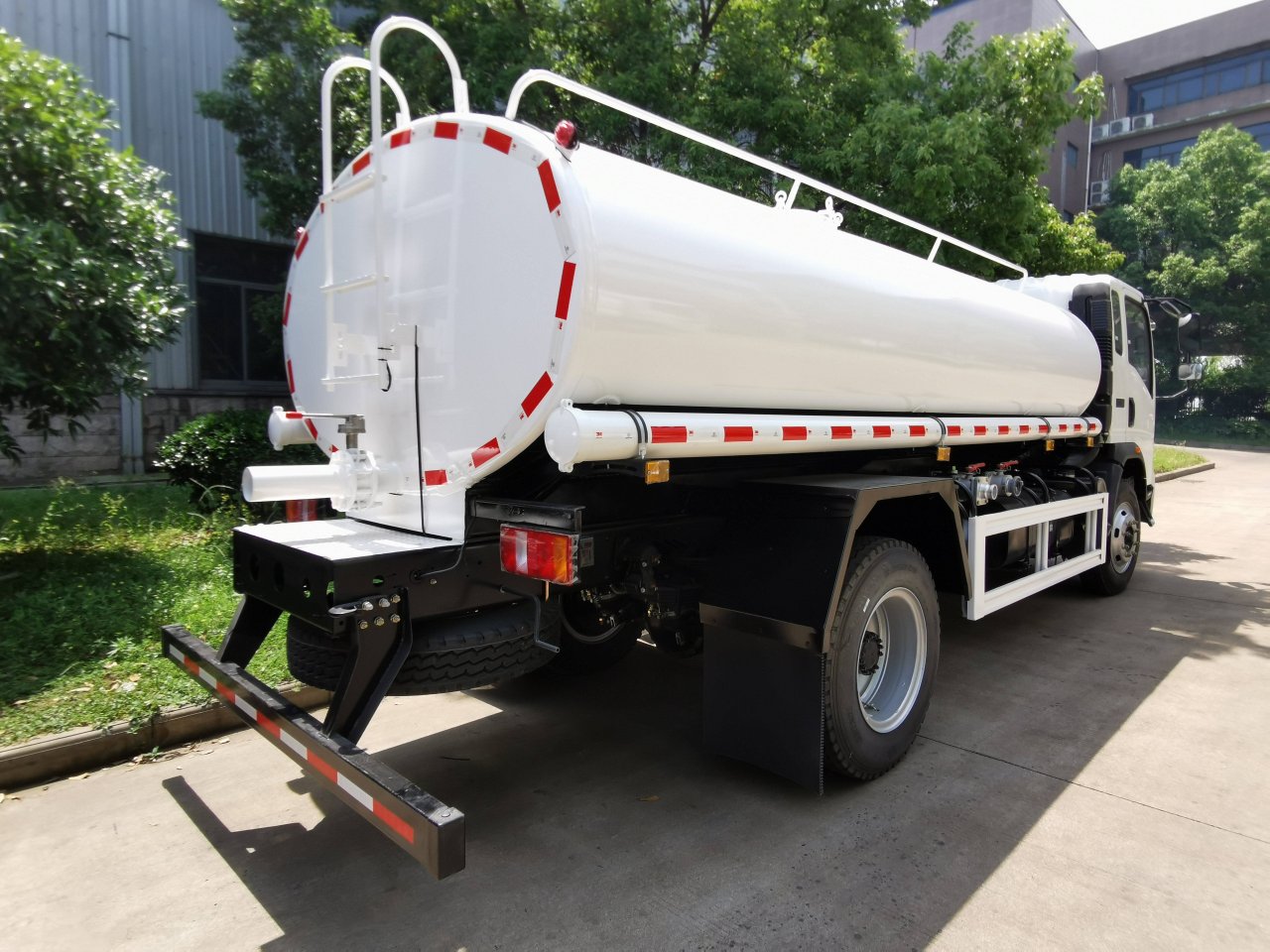Milk trucks play a crucial role in the dairy industry, ensuring the safe and efficient transport of milk from farms to processing plants and retail locations. These specialized vehicles come in various types, each designed to handle specific transportation needs. The name “milk truck” can refer to different kinds of vehicles depending on the region, purpose, and design. In this article, we will explore the different names, classifications, and functions of milk trucks, as well as their evolution over time.
Common Names for Milk Trucks
Milk trucks are known by different names around the world and in various segments of the dairy supply chain. Some of the most common terms include:
- Milk Tanker – This term is widely used for large, insulated tank trucks that transport bulk milk from dairy farms to processing plants. These tankers are designed to keep milk fresh and safe during transit.
- Milk Hauler – Often used in the United States, this term refers to both the truck and the operator responsible for collecting and transporting raw milk.
- Dairy Truck – A general term that can refer to any truck involved in the dairy industry, including those delivering milk to stores.
- Milk Lorry – Used mainly in the UK and other Commonwealth countries, this term refers to large vehicles transporting milk in bulk.
- Milk Delivery Truck – A smaller vehicle used for delivering packaged milk and dairy products to homes, grocery stores, and businesses.
- Bulk Milk Collection Tanker (BMCT) – A term commonly used in the dairy industry for trucks that collect milk directly from farms in large quantities.

Types of Milk Trucks
Milk trucks come in various types based on their specific function in the dairy supply chain. Here are the primary classifications:
1. Bulk Milk Tankers
These are large, insulated stainless steel tankers used to transport raw milk from farms to processing plants. They are equipped with temperature control features to prevent spoilage. Bulk milk tankers typically have:
- Stainless steel tanks for hygiene and durability
- Insulation to maintain temperature
- Agitation systems to prevent milk from separating
- Pumps and hoses for easy loading and unloading
2. Milk Delivery Trucks
Smaller than bulk milk tankers, milk delivery trucks are used to transport packaged milk and dairy products. These trucks may include:
- Refrigerated compartments to keep milk and dairy products fresh
- Shelves or crates for easy storage and access
- Insulated panels to maintain the correct temperature
3. Articulated Milk Tankers
Articulated milk tankers consist of a tractor unit and a detachable tanker trailer. These vehicles are often used for long-haul transportation of large milk volumes. The advantage of articulated tankers is their ability to transport more milk efficiently while being flexible in their usage.
4. Electric and Hybrid Milk Trucks
With advancements in technology, some milk trucks now use electric or hybrid power sources. These eco-friendly alternatives reduce emissions and fuel costs while maintaining the efficiency needed for dairy transport.
How Milk Trucks Work
Milk trucks are designed to maintain the quality and freshness of milk during transport. Here’s a step-by-step look at how they operate:
- Collection – A milk truck arrives at a dairy farm, where raw milk is stored in refrigerated bulk tanks.
- Sampling and Testing – Before loading the milk, the driver collects samples to test for contaminants, temperature, and quality.
- Loading – If the milk passes quality checks, it is pumped into the truck’s insulated tank.
- Transportation – The milk truck transports the milk to a processing facility while maintaining the correct temperature.
- Unloading – At the processing plant, the milk is pumped out of the truck, and the tanker is cleaned before its next trip.

History and Evolution of Milk Trucks
Milk transportation has evolved significantly over the years. In the early days, milk was delivered by horse-drawn wagons, often in glass bottles or metal cans. As technology advanced, motorized vehicles replaced these wagons, improving efficiency and hygiene.
During the mid-20th century, insulated tankers became the standard for bulk milk transport, ensuring better temperature control and reducing spoilage. Today, modern milk trucks feature cutting-edge refrigeration, GPS tracking, and digital monitoring systems to optimize delivery and maintain product quality.
Key Features of Modern Milk Trucks
Modern milk trucks incorporate several advanced features to enhance efficiency and ensure milk quality:
- Stainless Steel Tanks – Prevent contamination and are easy to clean.
- Insulation and Refrigeration – Maintain milk temperature during transport.
- Automated Loading and Unloading Systems – Reduce manual labor and speed up operations.
- GPS Tracking and Fleet Management Systems – Optimize routes and improve logistics.
- Eco-Friendly Fuel Options – Some milk trucks now use electric or hybrid engines to reduce environmental impact.

Regulations and Safety Standards for Milk Trucks
Milk transportation is subject to strict regulations to ensure food safety. Key regulatory requirements include:
- Hygiene and Sanitation – Tanks and equipment must be regularly cleaned and sanitized.
- Temperature Control – Milk must be kept at a specific temperature (usually below 4°C or 39°F) to prevent bacterial growth.
- Quality Testing – Samples must be taken before and after transport to ensure milk quality.
- Driver Training – Milk haulers must be trained in proper handling procedures to prevent contamination.
- Vehicle Maintenance – Trucks must be regularly inspected to ensure they meet safety and efficiency standards.
Future of Milk Trucks
The dairy industry continues to innovate, and milk trucks are evolving to meet changing demands. Some future trends in milk truck technology include:
- Autonomous Milk Trucks – Self-driving trucks could improve efficiency and reduce labor costs.
- Sustainable Transportation – More manufacturers are investing in electric and hydrogen-powered milk trucks.
- Smart Monitoring Systems – Advanced sensors and AI-powered tracking can enhance quality control.
- Improved Insulation Materials – Cutting-edge insulation can further improve temperature control and reduce energy use.

Conclusion
Milk trucks, known by various names such as milk tankers, milk haulers, and dairy trucks, are essential to the dairy supply chain. They ensure the safe and efficient transport of milk from farms to processing plants and retail locations. With ongoing advancements in technology, milk trucks continue to improve in terms of efficiency, sustainability, and safety. As the dairy industry evolves, so too will the vehicles that keep our milk fresh and ready for consumption.

